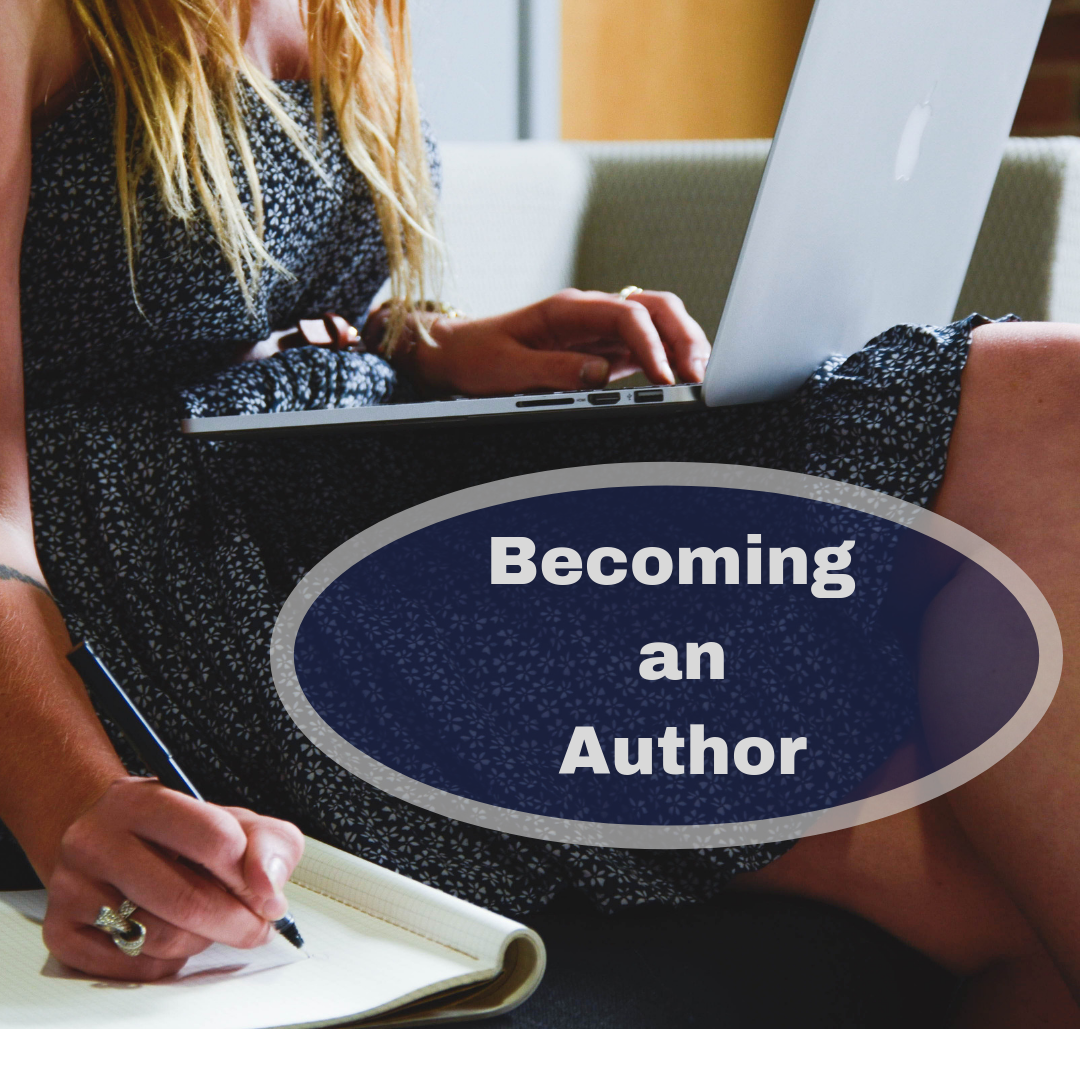
Be Disciplined
After I hit my head earlier this year, it took me a few days to get back to my…
July 30, 2024
After I hit my head earlier this year, it took me a few days to get back to my…
July 30, 2024
Writers Chat, hosted by Johnnie Alexander, Brandy Brow, and Melissa Stroh, is the show where we talk about all…
December 30, 2023
Recently I was going through some old documents and found a piece about the writing process. It was similar…
July 6, 2023
“Each of us have moments when we are swept away by an inner sense of excitement about something we…
September 13, 2021
In the beginning. Genesis 1:1 Aren’t those delicious words? “In the beginning God…” Wouldn’t you have loved to be…
February 3, 2021
So far in this series, I’ve shared with you techniques I’ve learned as an actress that has strengthened my…
August 10, 2020
We all know what a distraction the internet can be for a writer. In the space of a split-second,…
July 16, 2019
Writing a book is a process. It began as a school assignment for my granddaughter when she was in…
September 17, 2018
If you take a songwriting class, the first thing you will learn is to read the top 40 charts…
August 28, 2018
Writing is a funny art, isn’t it? Agents and editors (freelance and publishing house) tell us to write, write,…
July 22, 2018
The other day I got a rejection letter for a writing submission. Oh, and, by the way, the sky…
July 6, 2018
Do your characters sometimes refuse to cooperate in the middle of a scene? Why is that? You know your…
September 14, 2015